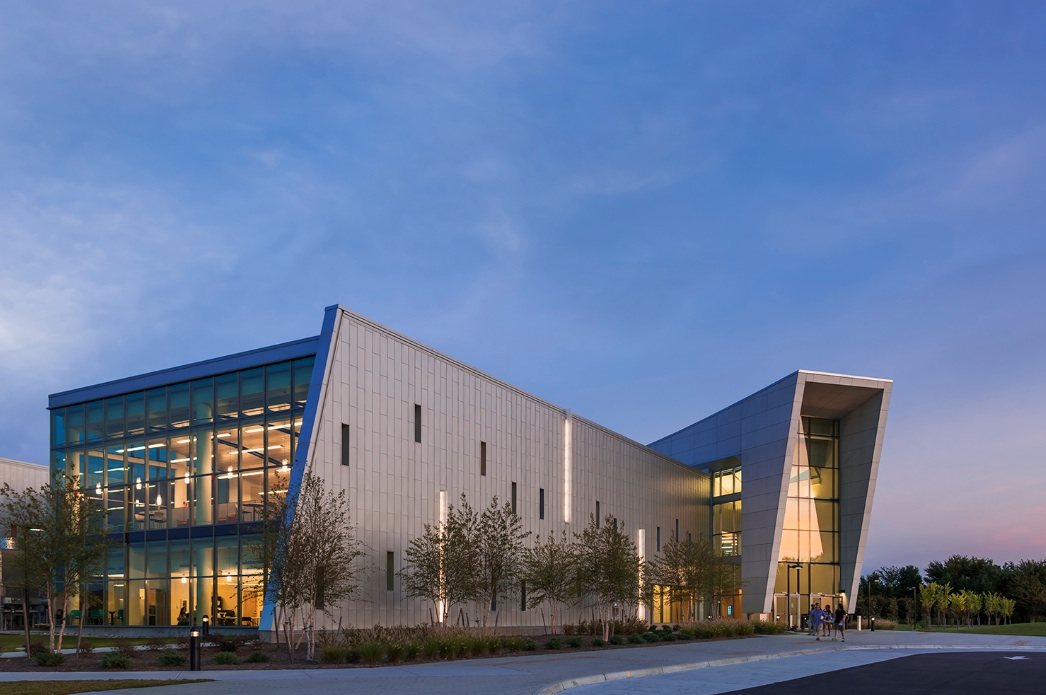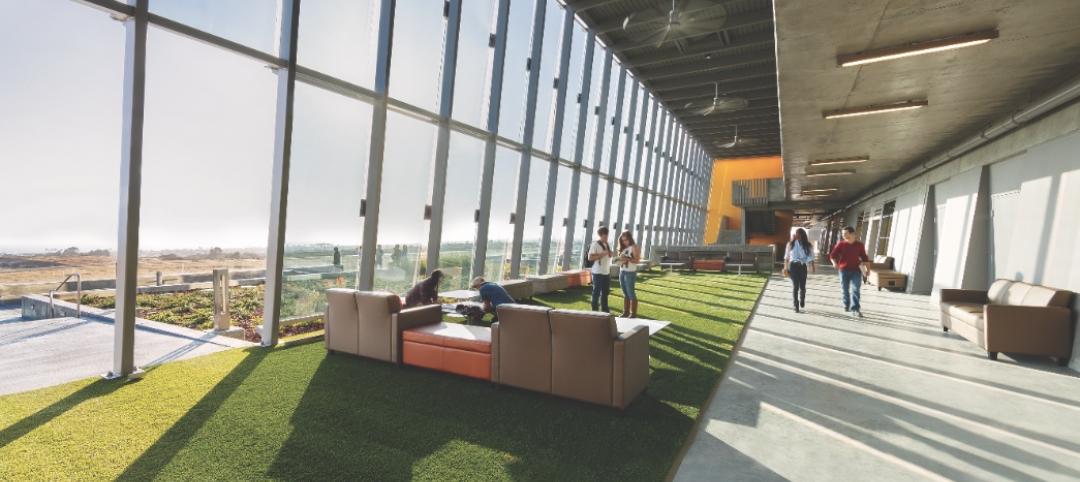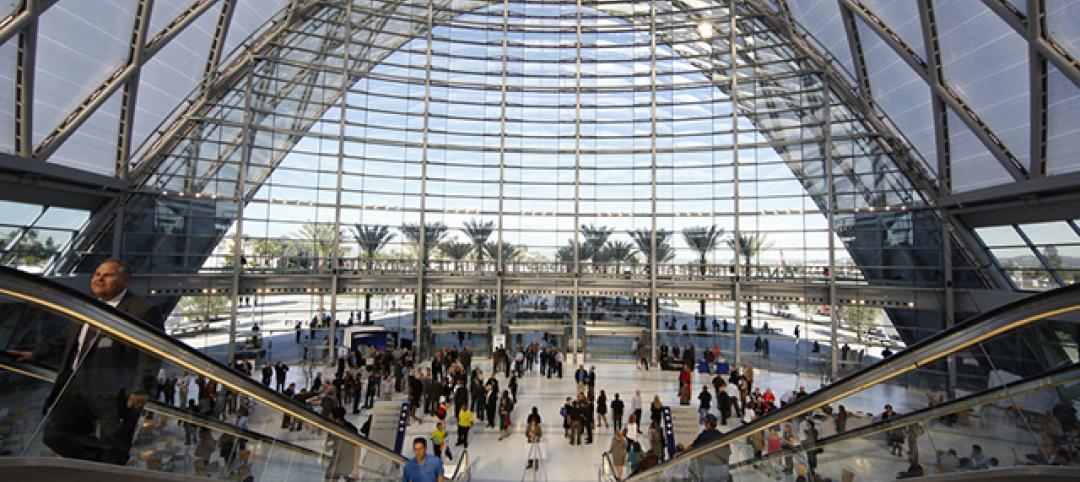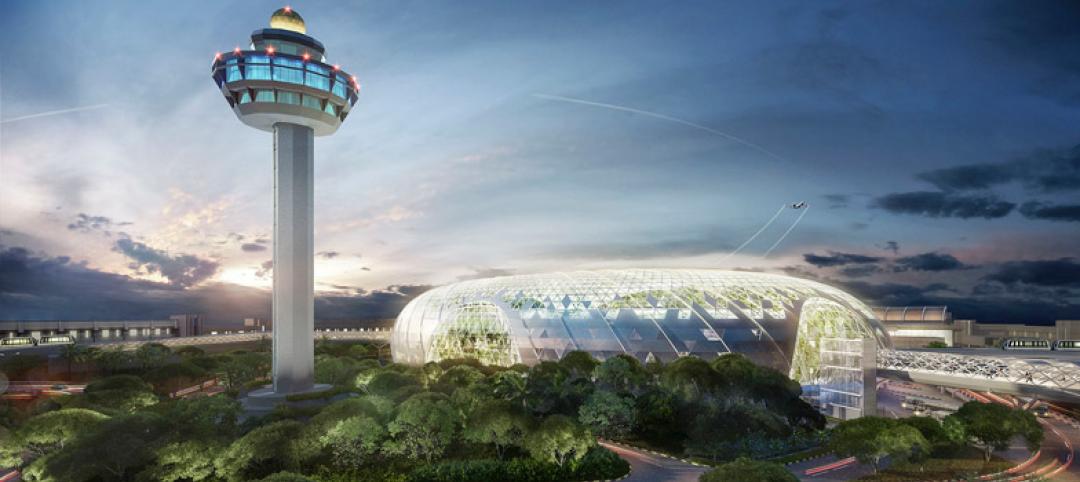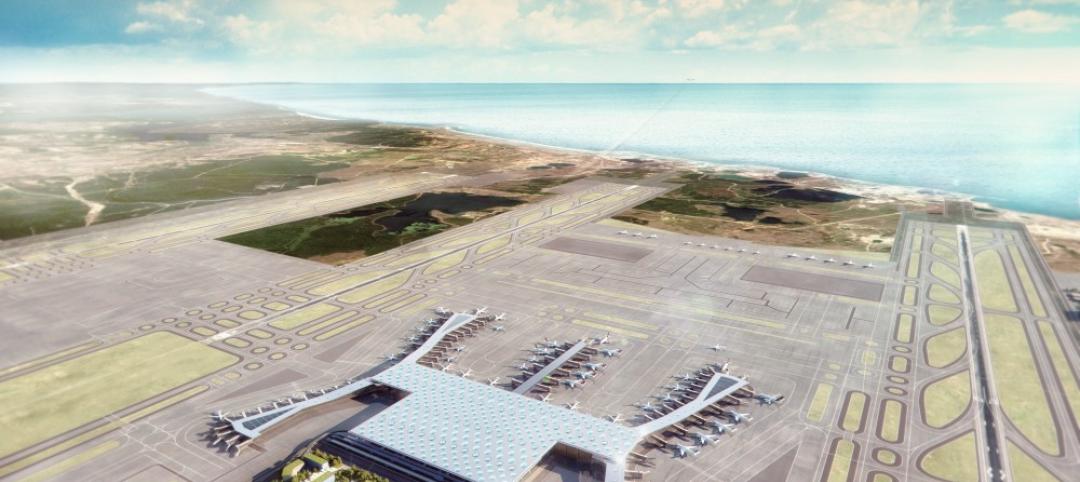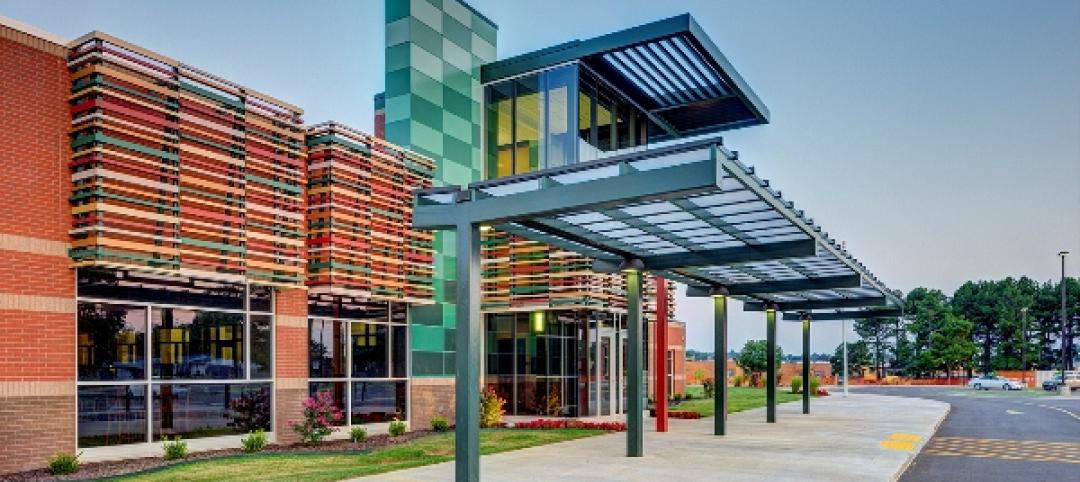According to expert forecasters, multifamily projects, the Panama Canal expansion, and the petroleum industry’s “shale gale” could be saving graces for commercial AEC firms seeking growth opportunities in an economy that’s provided its share of recent disappointments.
In a spring industry roundtable hosted by Reed Construction Data, economists from the American Institute of Architects, the Associated General Contractors of America, and RCD discussed the mixed signals in commercial design and construction, and the seemingly perennial predictions of a breakthrough.
The overall conclusion, according to Bernard Markstein, U.S. Chief Economist for RCD? The economy’s improving and employment is growing, but both ought to be better by now.
Nevertheless, Markstein identifies several positives in the overall picture. “The Federal Reserve has started to taper its activity, without too much impact on interest rates; these remain historically low,” he says. “Lenders are slowly loosening lending standards. We’ve already seen most of the impact of sharp cuts in federal spending, and those should be done for now.”
Multifamily continues to be a particularly bright spot, according to Markstein. Other sectors remain more problematic, with a brutal winter limiting overall activity in many regions.
TOP ARCHITECTURE FIRMS
2013 Architecture Revenue ($)1 Gensler $883,221,1892 Perkins+will 356,360,0003 NBBJ 196,784,0004 Kohn Pedersen Fox Associates 177,715,0005 Callison 160,912,3986 Perkins Eastman 155,000,0007 ZGF Architects 128,101,1368 Populous 111,754,0009 Corgan 95,097,37210 MulvannyG2 Architecture 73,200,000TOP ARCHITECTURE/ENGINEERING FIRMS
2013 A/E Revenue ($)1 Stantec $450,836,5752 HOK 400,000,0003 Skidmore, Owings & Merrill 334,525,3464 HDR 303,000,0005 HKS 255,063,6246 CannonDesign 213,000,0007 RTKL Associates 205,373,0008 SmithGroupJJR 162,973,0009 Hammel, Green and Abrahamson 119,100,00010 DLR Group 110,000,000
Kermit Baker, Chief Economist for the AIA, admits that “nonresidential construction has had a hard time building momentum behind the recovery,” and that the AIA Architecture Billings Index keeps hitting soft spots. Reconstruction, rather than new builds, currently represents a larger-than-usual share of the business, at about 25% of nonresidential construction activity.
Baker predicts that firms doing lodging, office, retail, and manufacturing projects should see decent results this year, with hotel construction especially hot (tracking at 37% growth from February 2013 to February 2014, according to the U.S. Census Bureau). Communication-related construction is another booming area, with growth at more than 50% year over year.
Giants 300 coverage of Architecture Firms brought to you by Sage www.sageglass.com
However, some sectors that represent bread-and-butter business for many top architecture firms are looking grimmer, especially healthcare (off about 4% from February to February) and education (down about 7%). Baker says project financing remains “a chronic problem.”
He believes the long-range outlook is better, however. “New design contracts have been growing, and those stats lead construction. Our member firms are building up more work.”
Ken Simonson, Chief Economist for the AGC of America, reported that his group’s members think the manufacturing, retail/lodging/warehouse, private office, and healthcare sectors should grow this year compared with 2013. Most members are feeling positive overall, he says. “For the first time, two-thirds of our respondents expect the market to upturn either this year or next year,” Simonson says. “In previous years I have been more optimistic than our members. Not this year.”
Tighter government spending on education and infrastructure, consumers’ interest in online buying, and companies’ drive to shrink office space per employee have all restrained commercial AEC growth, according to Simonson. But there are positive trends, as well. In addition to acknowledging the continued strength of the multifamily sector, he says big infrastructure projects provide ample opportunities for AEC firms positioned to take advantage of them.
In particular, Simonson points to massive development related to the so-called “shale gale”: exploitation of America’s petroleum reserves through advanced extraction technologies (notably, fracking). The employment is drawing large numbers of workers to areas that have previously been sparsely populated. Primary “shale gale” zones, or “plays,” include the Bakken (North Dakota/Montana/Saskatchewan), the Niobrara (Kansas/
Wyoming), the Permian (Texas/New Mexico), the Eagle Ford (Texas), the Haynesville (Texas/Louisiana), and the Marcellus (West Virginia/Pennsylvania/New York).
Firms that do large infrastructure projects related to roads, site prep, piping, rail lines, and drilling obviously will benefit, but there’s also an urgent need for housing (typically, modular dorms and extended-stay hotels), recreational facilities, and food service. Nearby existing towns also benefit, not only in terms of hotel, apartment, and restaurant construction but also retail, healthcare, education, and government projects. The burgeoning industry entails environmental controversy, turbulent politics, and an uncertain future, but for now, building is proceeding at a rapid clip.
Simonson also points to upcoming development in U.S. port cities on both coasts and the Gulf of Mexico linked to expansion of the Panama Canal, which is set to be completed next year. Again, in addition to big infrastructure, related facilities will be needed: warehouses, terminals, equipment garages, and even data centers. Incoming workers may also need new housing and services facilities. Commercial AEC firms with the right capabilities could reap big gains.
Read BD+C's full 2014 Giants 300 Report
Related Stories
| Jan 2, 2015
Construction put in place enjoyed healthy gains in 2014
Construction consultant FMI foresees—with some caveats—continuing growth in the office, lodging, and manufacturing sectors. But funding uncertainties raise red flags in education and healthcare.
BIM and Information Technology | Dec 28, 2014
The Big Data revolution: How data-driven design is transforming project planning
There are literally hundreds of applications for deep analytics in planning and design projects, not to mention the many benefits for construction teams, building owners, and facility managers. We profile some early successful applications.
| Dec 28, 2014
AIA course: Enhancing interior comfort while improving overall building efficacy
Providing more comfortable conditions to building occupants has become a top priority in today’s interior designs. This course is worth 1.0 AIA LU/HSW.
| Dec 28, 2014
The future of airport terminal design: destination status, five-star amenities, stress-free travel
Taking a cue from the hospitality industry, airport executives are seeking to make their facilities feel more like destinations, writes HOK's Richard Gammon.
| Dec 15, 2014
HOK-designed Anaheim Regional transit hub opens, expected to serve three million per year
ARTIC’s flexible design ensures that it can serve as a southern terminus for California’s future high-speed rail system.
| Dec 8, 2014
Moshe Safdie wants to reinvent airports with Jewel Changi Airport addition
A new addition to Singapore's Changi Airport, designed by Moshe Safdie, will feature a waterfall and extensive indoor gardens.
| Nov 19, 2014
The evolution of airport design and construction [infographic]
Safety, consumer demand, and the new economics of flight are three of the major factors shaping how airlines and airport officials are approaching the need for upgrades and renovations, writes Skanska USA's MacAdam Glinn.
| Nov 18, 2014
Grimshaw releases newest designs for world’s largest airport
The airport is expected to serve 90 million passengers a year on the opening of the first phase, and more than 150 million annually after project completion in 2018.
| Nov 14, 2014
JetBlue opens Gensler-designed International Concourse at JFK
The 175,000-sf extension includes the conversion of three existing gates to international swing gates, and the addition of three new international swing gates.
Sponsored | | Nov 12, 2014
Eye-popping façade highlights renovation, addition at Chaffin Junior High School
The new distinctive main entrance accentuates the public face of the school with an aluminum tube “baguette” system.


